September 29, 2015
Changing behaviour and fidgeting reduce problems linked to sedentary work 0
 There are a number of well established strategies for reducing the incidence of the back problems associated with sedentary worker. Two new studies have identified important ways that can be used to address the challenges. One will be familiar – training and encouraging people to be aware of and modify their behaviour; the other less so- fidgeting. The first study, published in Occupational and Environmental Medicine, found that combining sound ergonomic practice with behaviour modification strategies led to a 60 percent reduction lower back pain compared to ergonomics in isolation. The second study, published in the American Journal of Preventative Medicine, found that fidgeting may also reduce the harmful effects of sedentary working across a range of health issues, with the authors concluding that “fidgeting may reduce the risk of all-cause mortality associated with excessive sitting time”.
There are a number of well established strategies for reducing the incidence of the back problems associated with sedentary worker. Two new studies have identified important ways that can be used to address the challenges. One will be familiar – training and encouraging people to be aware of and modify their behaviour; the other less so- fidgeting. The first study, published in Occupational and Environmental Medicine, found that combining sound ergonomic practice with behaviour modification strategies led to a 60 percent reduction lower back pain compared to ergonomics in isolation. The second study, published in the American Journal of Preventative Medicine, found that fidgeting may also reduce the harmful effects of sedentary working across a range of health issues, with the authors concluding that “fidgeting may reduce the risk of all-cause mortality associated with excessive sitting time”.








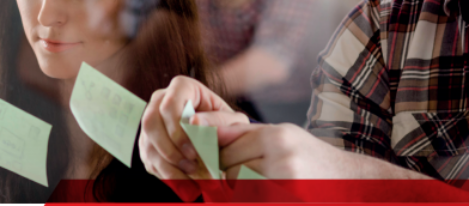
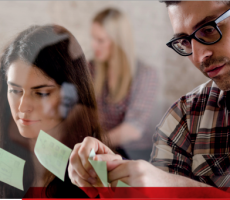






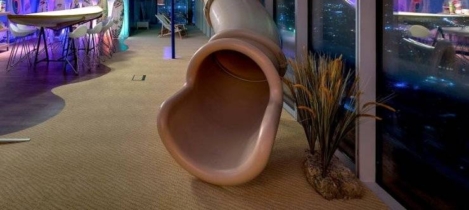
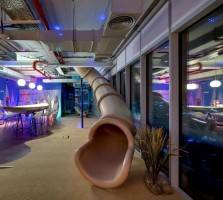

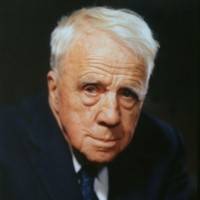
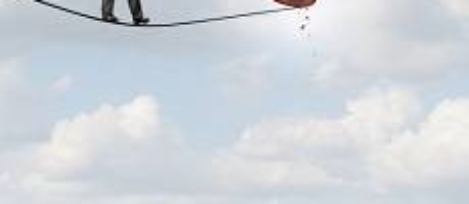












September 28, 2015
A review of the CIFF office design show 2015 in Shanghai 0
by John Sacks • Comment, Events, Furniture, Workplace design
(more…)